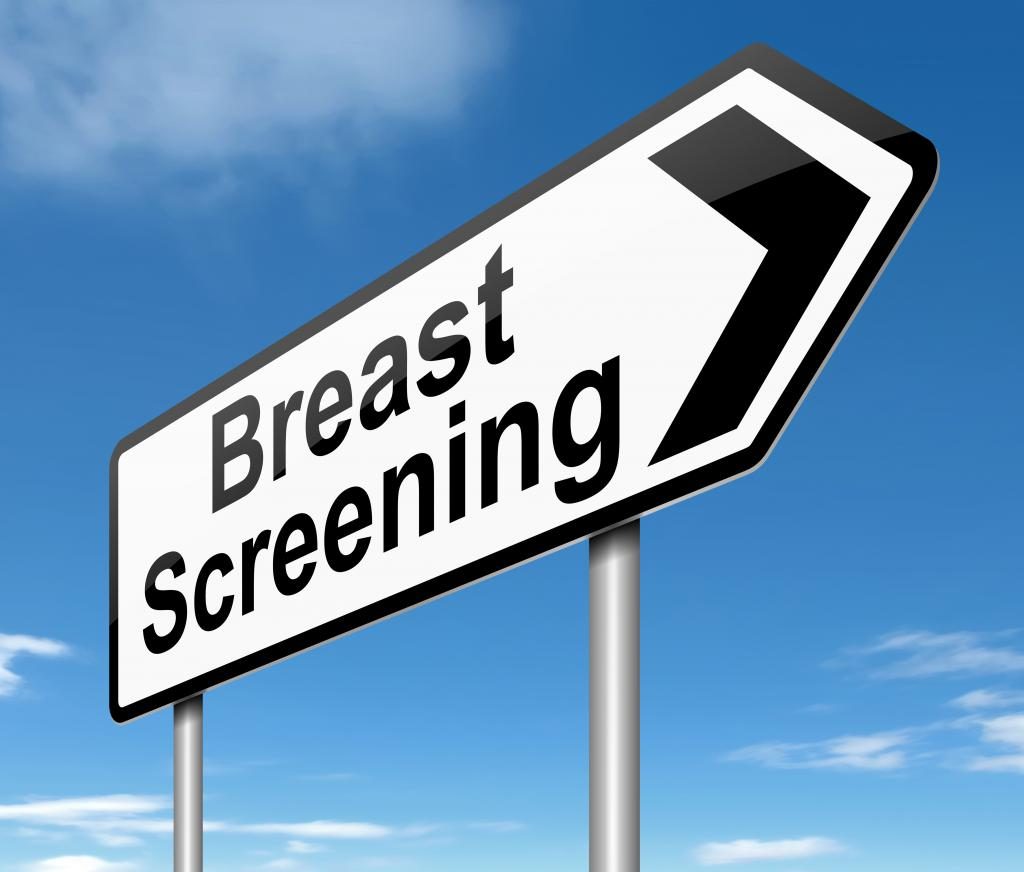Cancer Screening tests help detect cancer in it early, most treatable stages, even before you have symptoms. Some, such as a screening colonoscopy, can even treat cancer by removing abnormal cells before they become a problem. Colonoscopy has to be done in a doctor’s office. But other screening tests don’t. Here’s a rundown of six simple cancer screening tests you can do in the privacy of your own home.
1. Guaiac Fecal Occult Blood Test (gFOBT) for Colon Cancer
The gFOBT checks for heme (a blood component) in your stool, which can be a sign of colon cancer. It’s appropriate for most people starting at age 50. You can get a gFOBT test kit from your doctor. You’ll collect stool samples at home and mail them to your doctor’s office or lab. You may need to avoid eating certain foods before this test, such as red meat, which also contains heme.
2. Fecal Immunohistochemical Test (FIT) for Colon Cancer
FIT also detects traces of blood in the stool, but it is more specific than the gFOBT for colon cancer. Both can be as lifesaving as a colonoscopy. FIT is for those ages 50 and older. Like the gFOBT, you’ll collect a small stool sample using a kit and send it back to your doctor. There’s no need to avoid certain foods. You don’t need to prepare for this test. But follow the directions carefully when you’re collecting your stool sample.
3. Stool DNA Test for Colon Cancer
Cancerous or precancerous cells get shed into stool and release DNA. A stool DNA test checks stool for invisible blood and abnormal DNA, which are possible signs of colon cancer. You’ll collect a stool sample at home and send it to the lab for analysis. There’s no prep for this test. A stool DNA test is for people ages 50 and older who aren’t at high risk of colon cancer.
4. Home Screening Test for Breast and Ovarian Cancer
An at-home saliva test checks for 19 genes, including BRCA1 and BRCA2, which may greatly increase the risk of developing breast and ovarian cancer. It will be ordered by your doctor and sent directly to your home. Once it arrives, you’ll take a saliva swab sample and send it to the lab for analysis. If you get a positive result, talk with your doctor about a cancer prevention plan.
5. Low-tech Test: Breast Self-Exam (BSE)

Some home screening tests, such as BSE, don’t involve the lab. This low-tech self-check is an option for all women, starting in their 20s. It may help detect early signs of breast cancer. It can be as simple as feeling and looking at your breasts in a mirror at home monthly (usually after your period) and noting any differences, such as lumps, swelling, irritated skin, or dimpling. Tell your doctor if you notice any changes.
6. Low-tech Test: Skin Cancer Self-Check
Checking your skin is one of the most important things you can do to detect skin cancer. No matter what your age, see your doctor right away if you notice a change in the size or color of a mole, growth or spot, or skin that’s scaly, rough, oozing or bleeding. You should also mention a sore that won’t heal, dark coloring that’s spread beyond the border or a mole, or itchiness, pain or tenderness.
Next Steps
If your at-home test is positive, see your doctor. It signals the need for thorough testing. If your home screening test is negative, you’ll need to repeat a gFOBT, FIT, or stool DNA home test yearly if you’re using it instead of colonoscopy to check for colon cancer.
You’re Covered
Talk with your doctor about whether at-home cancer screening tests make sense for you.
Questions? Call 0718 994 368 / 733 994 368 or E-mail: wecare@pathwayintl.co.ke
Pathway International: your source for Global Healthcare Solutions.

